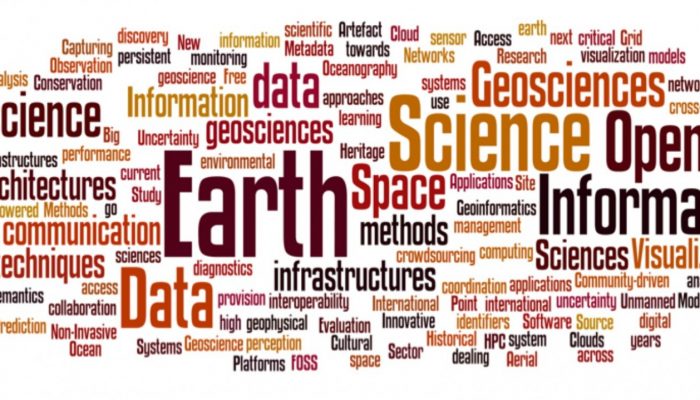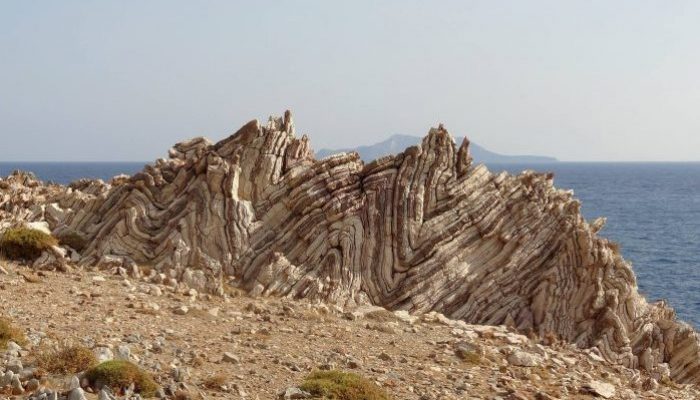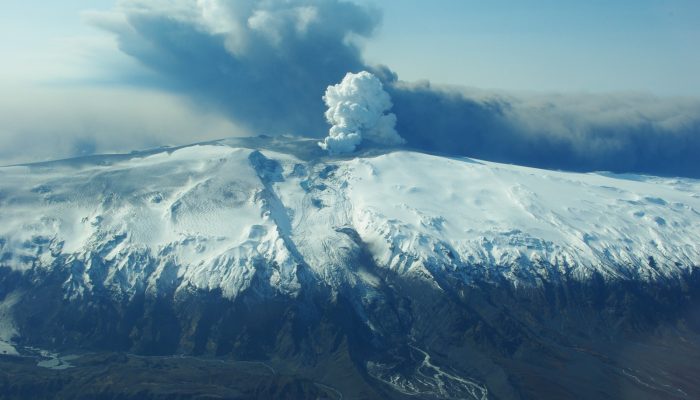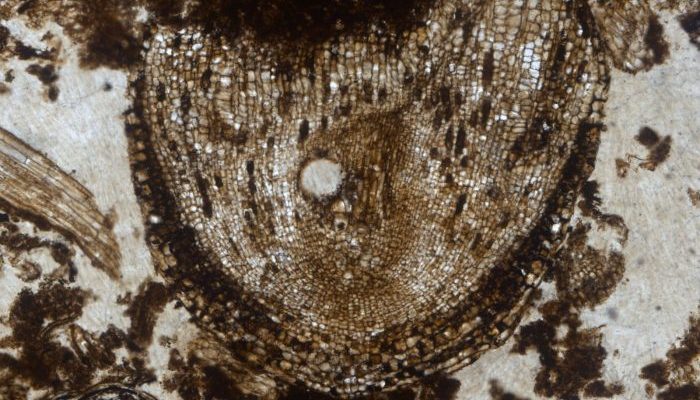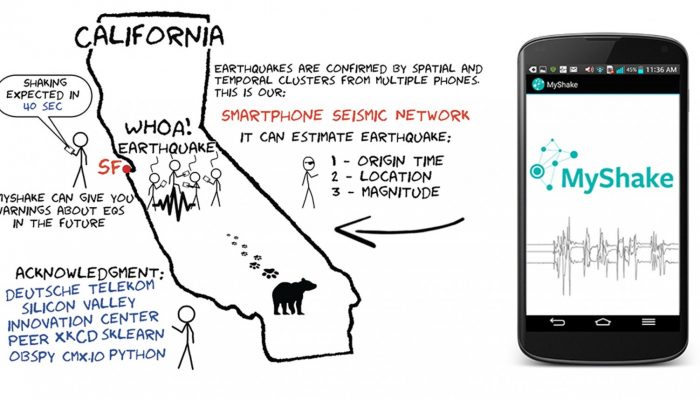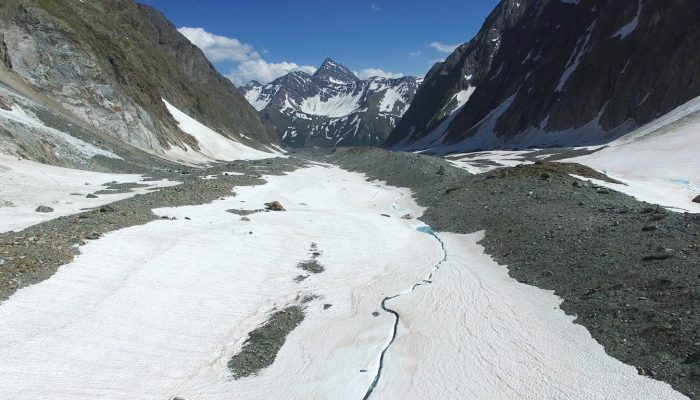The “Paper of the Month” (PoM) blog series, recently launched by the Early Careers Scientists (ECS) representatives of the Seismology Division at EGU, aims to present particularly interesting, important, or innovative research articles in all fields related to seismology. While peer-reviewed articles published in the last 12 months are the primary targets, also older “classical” papers can make it ...[Read More]
Earth and Space Science Informatics
Big Earth Science Data – Boon or bane?
We are in the era of Big Data. Big Data is a ‘hot’ topic. It is a popular term often associated with an increase in volume, variety and velocity of data. The Copernicus programme for example, the European Union’s flagship programme on monitoring the Earth’s environment using satellite and in-situ observations, anticipates a massive increase in satellite data volume. It is estimated tha ...[Read More]
Planetary and Solar System Sciences
Welcome to the PS division blog!
Welcome on-board the blog of the PS division of the EGU ! You may not be familiar with the PS division and what it is about, so I’ll give you a tour. Most of the EGU divisions look towards the Earth, whether it is deep down the interior or right at the surface. Some look up to the atmosphere and the climate. Finally, there are two which look way up: PS and the Solar Terrestrial Sciences division ( ...[Read More]
Tectonics and Structural Geology
New blog!
We are very happy to announce that from now on, also the Tectonics and Structural Geology division will have its own EGU blog! With this blog we would like to provide a platform for exchanging thoughts and ideas within the global tectonics and structural geology community. Here, we will write, on a monthly or fortnightly basis, about topics or techniques addressed by the many research groups that ...[Read More]
Cryospheric Sciences
Image of the Week – How ocean tides affect ice flow
Ice streams discharge approximately 90% of the Antarctic ice onto ice shelves , and ultimately into the sea into the sea (Bamber et al., 2000; Rignot et al., 2011). Whilst flow-speed changes on annual timescales are frequently discussed, we consider here what happens on much shorter timescales! Previous studies have shown that ice streams can respond to ocean tides at distances up to 100km inland ...[Read More]
Cryospheric Sciences
Ice on fire at the Royal Society Summer Science Exhibition
The Royal Society Summer Science Exhibition (RSSSE) is a free public event 4-10th July 2016 in London. This is a yearly event that is made up of 22 exhibits, selected in a competitive process, featuring cutting edge science and research undertaken right now across the UK. The scientists will be on their stands ready to share discoveries, show you amazing technologies and with hands-on interactive ...[Read More]
Biogeosciences
Coffee break biogeosciences–The oldest known fossilized active root meristem
Meristems are groups of undifferentiated cells found in growth zones of plants. Active meristem zones have a different cellular organization than inactive zones, and up until recently no fossilized active root meristem had been found. A team of scientists recently found and described the fossilized remains of an actively growing root meristem dating from the Carboniferous. The fossil, named Radix ...[Read More]
Seismology
MyShake – your phone as a seismic station
Are you on Facebook or Twitter? Do you use Whatsapp regularly to communicate with friends and loved ones scattered across the globe or even just across the city? I’d be surprised if you answer ‘no’ to all of these questions. In fact, why not admit that you are just as addicted to that smartphone of yours as I am to mine? Being a seismologist, you might have played with one of the ...[Read More]
Cryospheric Sciences
Image of The Week – A Game of Drones (Part 1: A Debris-Covered Glacier)
What are debris-covered glaciers? Many alpine glaciers are covered with a layer of surface debris (rock and sediment), which is sourced primarily from glacier headwalls and valley flanks. So-called ‘debris-covered glaciers’ are found in most glacierized regions, with concentrations in the European Alps, the Caucasus, Hindu-Kush-Himalaya, Karakoram and Tien Shan, the Andes, and Alaska and the weste ...[Read More]
Seismology
A tale about MERMAIDs
Once upon a time there was a little mermaid, with the upper body of a human and a tail of a fish, happily diving within the seven seas. Wait … I’m sorry, that is the wrong story. I will tell you today something about a different generation of MERMAIDs, that are pretty useful for seismologists. It is a very exciting story indeed. Over the last decades seismic station coverage dra ...[Read More]


